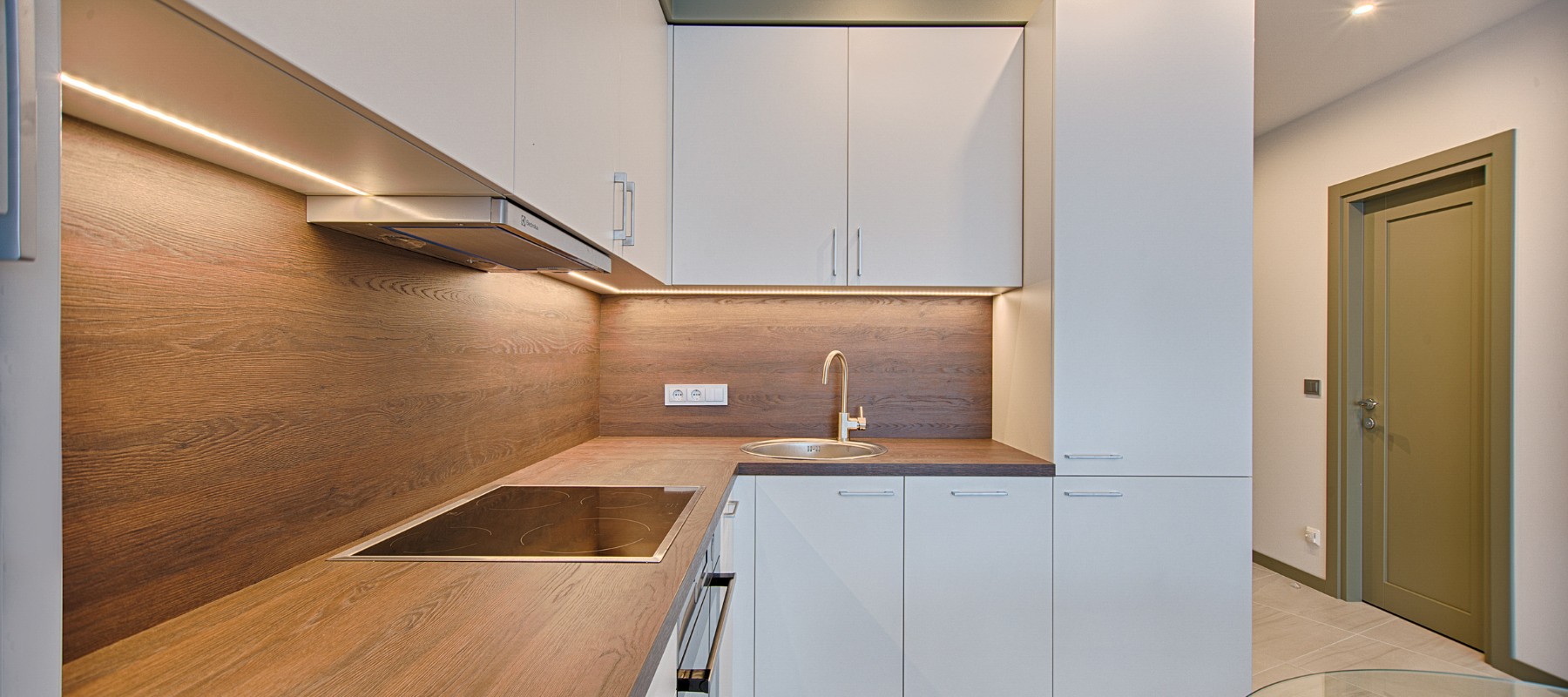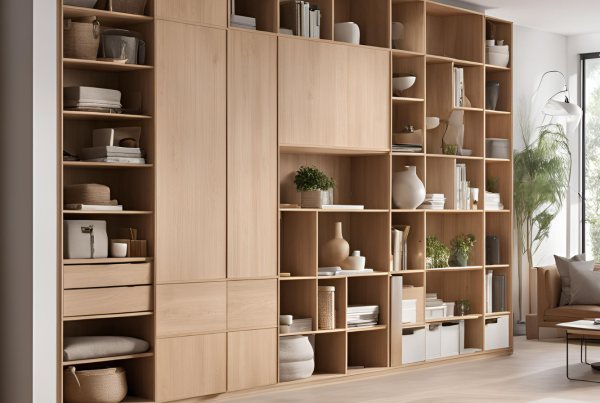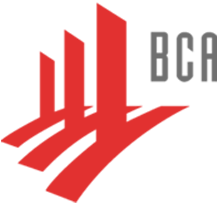Carpentry is an art form that requires precision and attention to detail. Whether you’re creating custom furniture, building cabinets, or installing paneling, trimming the edges of wooden boards or panels to create clean and precise edges is a common task. One of the most effective ways to achieve this is by using an abs trimmer, also known as an edge banding machine. In this essay, we will discuss the benefits of abs trimming for carpentry.
Firstly, one of the most significant benefits of abs trimming is the enhanced appearance of the finished product. By trimming off any rough or uneven edges, the final product looks more polished and professional. This is especially important when creating custom furniture or cabinetry, where the final appearance of the product is crucial.
Secondly, abs trimming provides a level of durability to the wood that is unmatched by other techniques. When the trimmer applies the durable plastic edging material to the edges of the wood, it helps protect the wood from wear and tear, moisture, and other environmental factors. This ensures that the finished product will last for years to come, without showing signs of wear and tear.
Thirdly, abs trimming is a time-efficient technique for trimming edges. Trimming the edges by hand is time-consuming and often requires a high level of skill. With an abs trimmer, you can complete the task much more quickly and efficiently, reducing labor time and costs. This is especially important in commercial settings where time is money, and quick turnaround times are essential.
Fourthly, abs trimming provides precision that is difficult to achieve manually. The trimmer is designed to provide precise cuts, resulting in clean, straight edges that are difficult to achieve manually. This precision makes it easier to fit pieces together and create a seamless finish.
Lastly, abs trimming is versatile and can be used with a wide variety of materials, including plywood, MDF, particleboard, and other engineered woods. This versatility allows for a wide range of carpentry projects to benefit from the technique, making it a valuable tool for any woodworking project.
About Veneer Trimming and ABS Trimming
Veneer trimming and ABS trimming are both techniques used in carpentry to create clean and precise edges on wooden boards or panels. While both techniques aim to achieve a similar result, there are some significant differences between them.
Veneer trimming involves removing a thin layer of wood from the edge of a board, which is then finished to create a clean and smooth edge. This technique is often used when working with high-quality solid wood, as it preserves the natural appearance of the wood while still providing a clean finish. Veneer trimming requires a high level of skill and can be time-consuming, but the results are often stunning.
On the other hand, ABS trimming involves applying a durable plastic edging material to the edges of the wood. This technique is faster and more efficient than veneer trimming, as it does not require as much skill and can be completed using a specialized edge banding machine. ABS trimming is often used when working with engineered woods such as MDF or particleboard, as these materials do not have a natural wood grain that needs to be preserved.
One of the main benefits of ABS trimming over veneer trimming is the level of durability that it provides. The plastic edging material used in ABS trimming is resistant to wear and tear, moisture, and other environmental factors. This ensures that the finished product will last for years to come without showing signs of wear and tear. In contrast, veneer trimming can be susceptible to damage from environmental factors such as humidity or temperature changes.
Another benefit of ABS trimming over veneer trimming is the level of precision that it provides. ABS trimmers are designed to provide precise cuts, resulting in clean, straight edges that are difficult to achieve manually. This precision makes it easier to fit pieces together and create a seamless finish.
Both veneer trimming and ABS trimming are valuable techniques in carpentry for creating clean and precise edges on wooden boards or panels. While veneer trimming is a more traditional technique that preserves the natural appearance of the wood, ABS trimming is a more efficient and durable technique that is better suited for working with engineered woods. Ultimately, the choice between these two techniques will depend on the specific needs of the project and the preferences of the carpenter.
Key Differences Between Veneer Trimming and ABS Trimming
ABS Trimming and Veneer Trimming are two distinct processes used in different materials and applications. Here are the key differences between the two:
- Material Type:
- ABS Trimming: ABS (Acrylonitrile Butadiene Styrene) trimming is a process specifically applied to trim and shape ABS plastic materials. ABS is a synthetic thermoplastic polymer known for its durability and impact resistance.
- Veneer Trimming: Veneer trimming is performed on veneer sheets, which are thin slices of natural wood (typically around 1/40th of an inch thick) that are used to cover the surface of furniture, cabinetry, and architectural elements. Veneer is real wood and is appreciated for its natural beauty.
- Purpose:
- ABS Trimming: ABS trimming is often used to achieve precise and clean edges on ABS plastic components. It is commonly employed in industries such as automotive, electronics, and consumer goods to ensure proper fit and finish of plastic parts.
- Veneer Trimming: Veneer trimming is employed to refine the appearance and edges of veneer sheets, enhancing their aesthetics. It is a critical step in the manufacturing of high-quality furniture, cabinetry, and decorative architectural elements.
- Aesthetic Considerations:
- ABS Trimming: The focus of ABS trimming is primarily on achieving precise dimensions and functional edges. Aesthetics, while important, are not as central as they are in veneer trimming.
- Veneer Trimming: Veneer trimming places a strong emphasis on aesthetics, as veneer is chosen for its natural grain and beauty. The goal is to create visually pleasing edges and surfaces.
- Material Characteristics:
- ABS Trimming: ABS is a synthetic material known for its durability, impact resistance, and ability to take on different finishes and textures.
- Veneer Trimming: Veneer is a natural wood material, and its characteristics can vary based on the type of wood used. Veneer is prized for its natural texture, color, and grain patterns.
- Applications:
- ABS Trimming: Common applications of ABS trimming include automotive interior components, electronics casings, and various consumer products that incorporate ABS plastic.
- Veneer Trimming: Veneer trimming is primarily used in the production of fine furniture, cabinetry, interior architectural detailing, and decorative paneling.
In summary, ABS Trimming and Veneer Trimming differ in terms of the materials involved, their purposes, the level of aesthetic emphasis, the characteristics of the materials, and their respective applications. These processes cater to distinct industries and product types, each with its own set of requirements and considerations.
In conclusion, the benefits of abs trimming for carpentry are numerous. From enhancing the appearance of the final product to providing durability and precision, abs trimming is a valuable technique for any carpenter. It is a time-efficient and versatile technique that can be used with a wide range of materials, making it a must-have tool for any carpenter looking to create professional-grade products.







